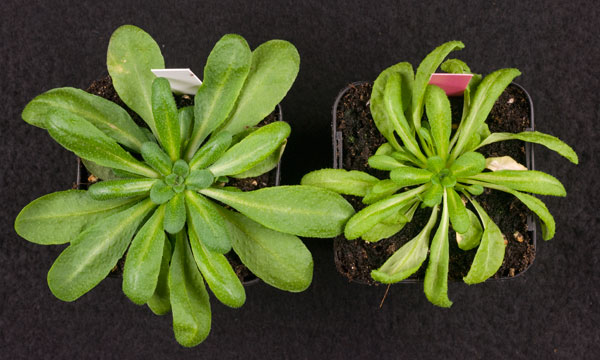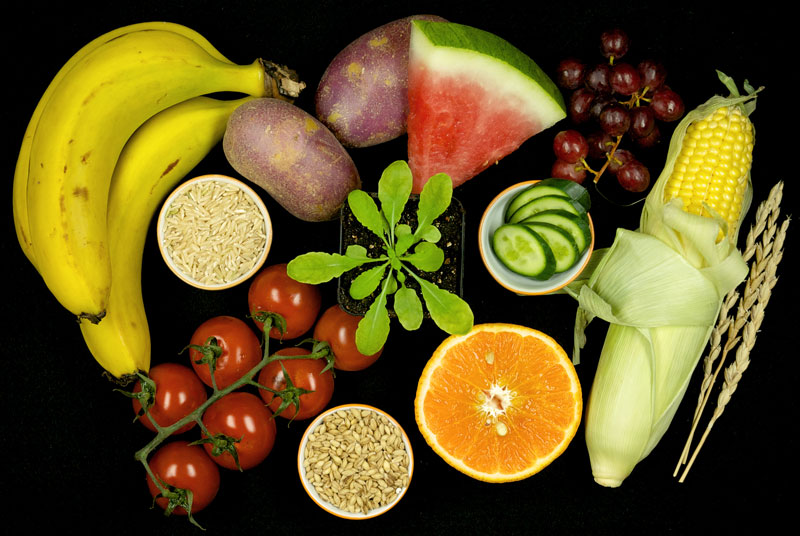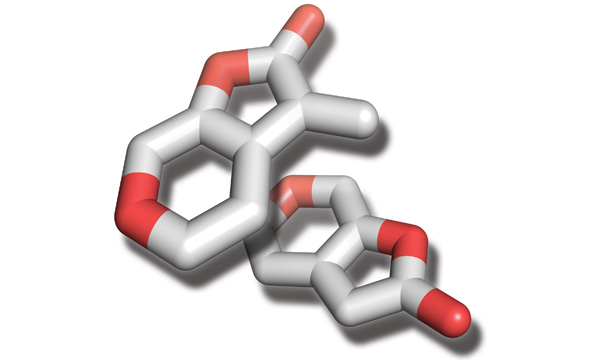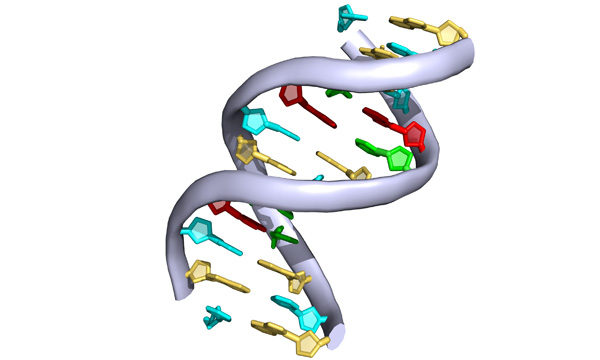
Hormones & Plant Development
Plants use growth-promoting and growth-inhibiting chemical signals to co-ordinate development with changes in the environment. The functions of classical plant hormones such as auxins, cytokinins and gibberellins are well understood, but there are likely more signalling compounds to be discovered. One of the most recent type of hormone is the strigolactones, which are chemically similar to karrikins. By combining chemical analysis with gene discover, we are interested in understanding how strigolactones, karrikins and their analogues influence plant development.

Plant Performance
How can we apply our findings about molecular signalling networks to improve plant performance where it matters – out in the field? We are exploiting the significant range of developmental impacts of the KAI2 signalling system to find ways that we can enhance crop productivity. Can we generate safe and effective chemical formulations that enhance the growth of plants under unfavourable conditions? We are also interested in the mechanisms that affect photosynthetic development, especially with regard to reduced light intensity associated with high crop density.


